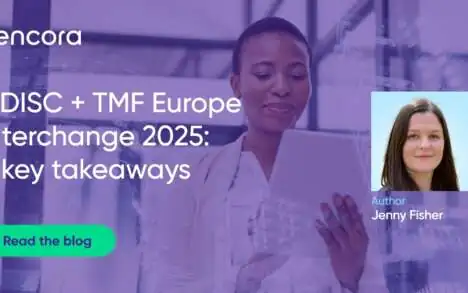
Author: Vergel Manalo
The time, resources, and costs of developing and marketing medicines are extensive – putting treatments for rare disorders at a distinct disadvantage since the potential return on investment is limited when compared to medicines used for more common conditions. Thus, R&D on treatments for rare diseases was often given a lower priority or abandoned like ‘orphans’ and left patients suffering from the conditions with few options.
Major health authorities have long recognised the need to support organisations to develop interventions for these unmet needs under orphan or rare disease programs. Incentives include:
- R&D grants;
- reduced fees for scientific advice;
- protocol assistance and regulatory activities and licences;
- market exclusivity; and
- provisions for accelerating authorisation.
In the US and Europe for instance, when an orphan drug designation (ODD) is granted, a medicine can have market exclusivity for up to 7 years and 10 years, respectively.
In Australia, the incentives are different because of the much smaller population, development and regulatory activities usually occur at a later stage compared to the US and EU, the pricing and reimbursement structures available, and recognition that newer (and better) medicines may be developed. Over the past 20 years or so, the application fees for initial registration (via the TGA) and government reimbursement (via the PBS) for ODD medicines, whether new molecules or established molecules to treat rare conditions, have been waived. At current rates, the total savings for a sponsor in TGA and PBS application fees are close to 0.5 million AUD (new molecule) or 0.3 million AUD (new indication). There is also the prospect that the benefit-risk profile promotes earlier and expedited authorisation.
Although Australian market exclusivity of an ODD medicine is not explicit, another treatment (including one with the same active such as generics) for the same condition/indication will not be designated as an orphan drug by the TGA unless the latter is considered clinically superior or the former is unable to be supplied by its sponsor. Therefore, by their nature market exclusivity for an orphan medicine is usually the case until a better drug becomes available.
What’s the catch?
From 1998 to 2018, the primary criterion for orphan drug designation was that a maximum of 2,000 total individuals in a given year suffered from the disease (or for vaccines and in vivo diagnostics, up to 2,000 individuals eligible to receive the drug per year). This led to a practice colloquially called ‘salami slicing’ – where sponsors would propose a specific therapeutic indication that would limit the prevalence to under 2,000 to qualify for orphan status, despite other patients with the disease being excluded by certain criteria such as age, sex, genetic characteristics, disease variants, diagnostic criteria or prior treatments.
In August 2018, the TGA revised their ODD eligibility criteria to avoid such manipulations as a trade-off for increasing the prevalence to 5 in 10,000 individuals (roughly 12,500 patients at Australia’s current population of about 25 million). Other criteria have been introduced which must all be met if the drug is to be designated as an orphan TGA Orphan Drug Designation Eligibility Criteria:
- The condition is life-threatening or seriously debilitating.
- Only one indication for the drug to be orphan designated – which may differ to the proposed therapeutic indication where inclusion/exclusion criteria are often introduced based on the clinical studies available to date.
- The medical plausibility of the drug being used in another patient class other than that specified by the indication has been considered and ruled out (as the treatment population could potentially exceed the prevalence threshold).
- Although the threshold for prevalence of the disease is capped at 5 in 10,000, an exception can be made if financially viability is positively influenced by waiving the application fee for registration.
- Prevalence is the estimated total number of patients afflicted – which takes into account epidemiological data such as baseline numbers, rates at which new patients are diagnosed per year (incidence) and patients no longer affected (from successful treatment of signs and symptoms, and mortality). Where Australian data are limited, overseas data and/or literature are allowed with a justification or explanation on its applicability to the local population.
- Market authorisation has not been refused on safety grounds by the US FDA, EMA, MHRA or Health Canada.
- Either, no other medicine is registered on the Australian Register of Therapeutic Goods (ARTG) for the condition or the drug provides significant benefit over existing treatments for the condition.
Since a big part of the incentives is a waiver for the TGA and PBS application fees, an application for orphan drug designation by the TGA should be made before making a submission for a market authorisation (MA) for the drug in Australia. It is expected that the MA application is submitted within 6- months of the orphan drug designation being granted, otherwise, eligibility may be extended or revoked based on updated data. The application for PBS reimbursement should be made concurrently or within 12- months from registration on the ARTG.
Contact usIf you are considering an opportunity for your drug to be authorised in Australia and think that it qualifies for the incentives as an ODD medicine, please reach out to Brandwood CKC for assistance or further information.






